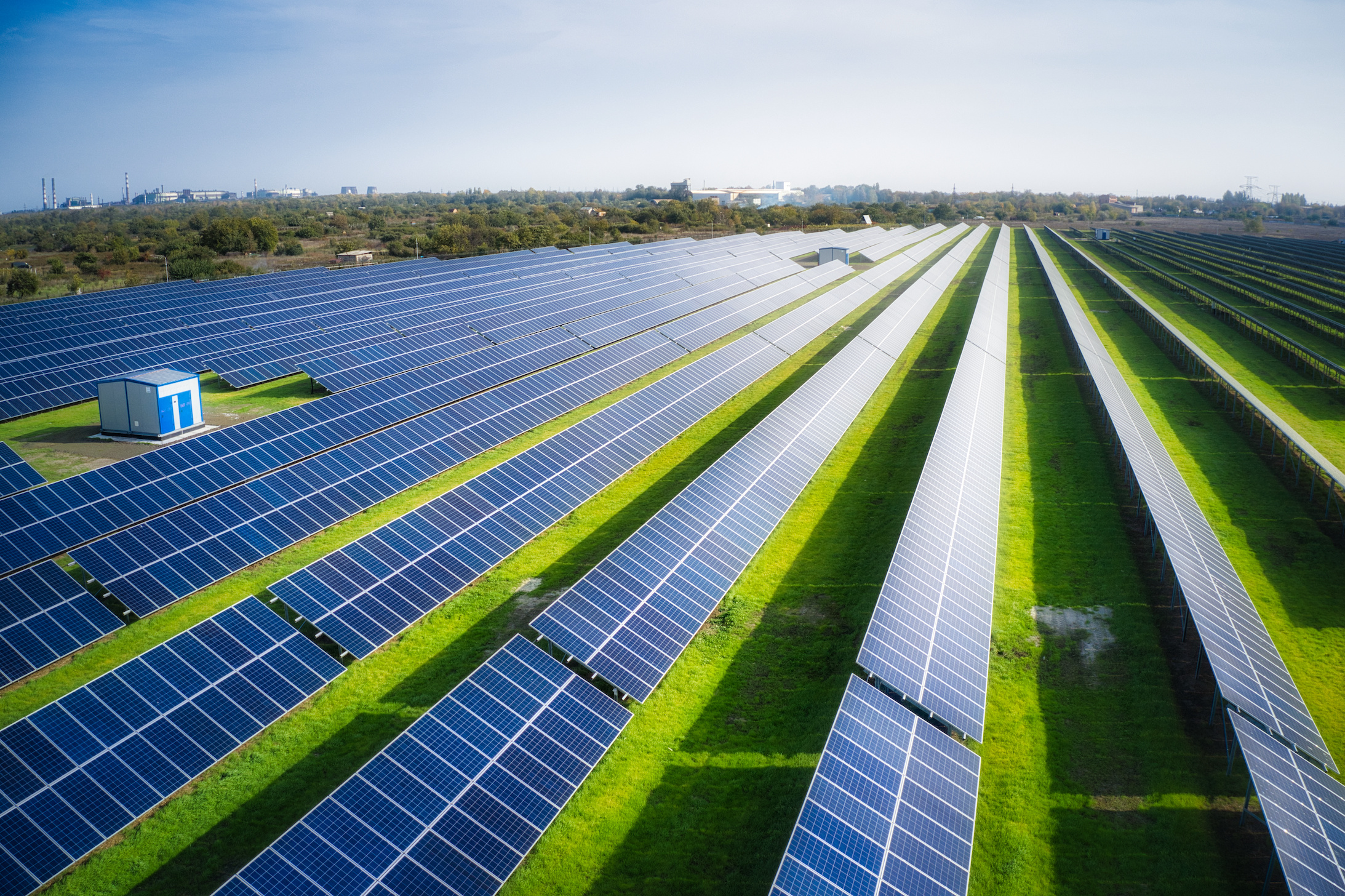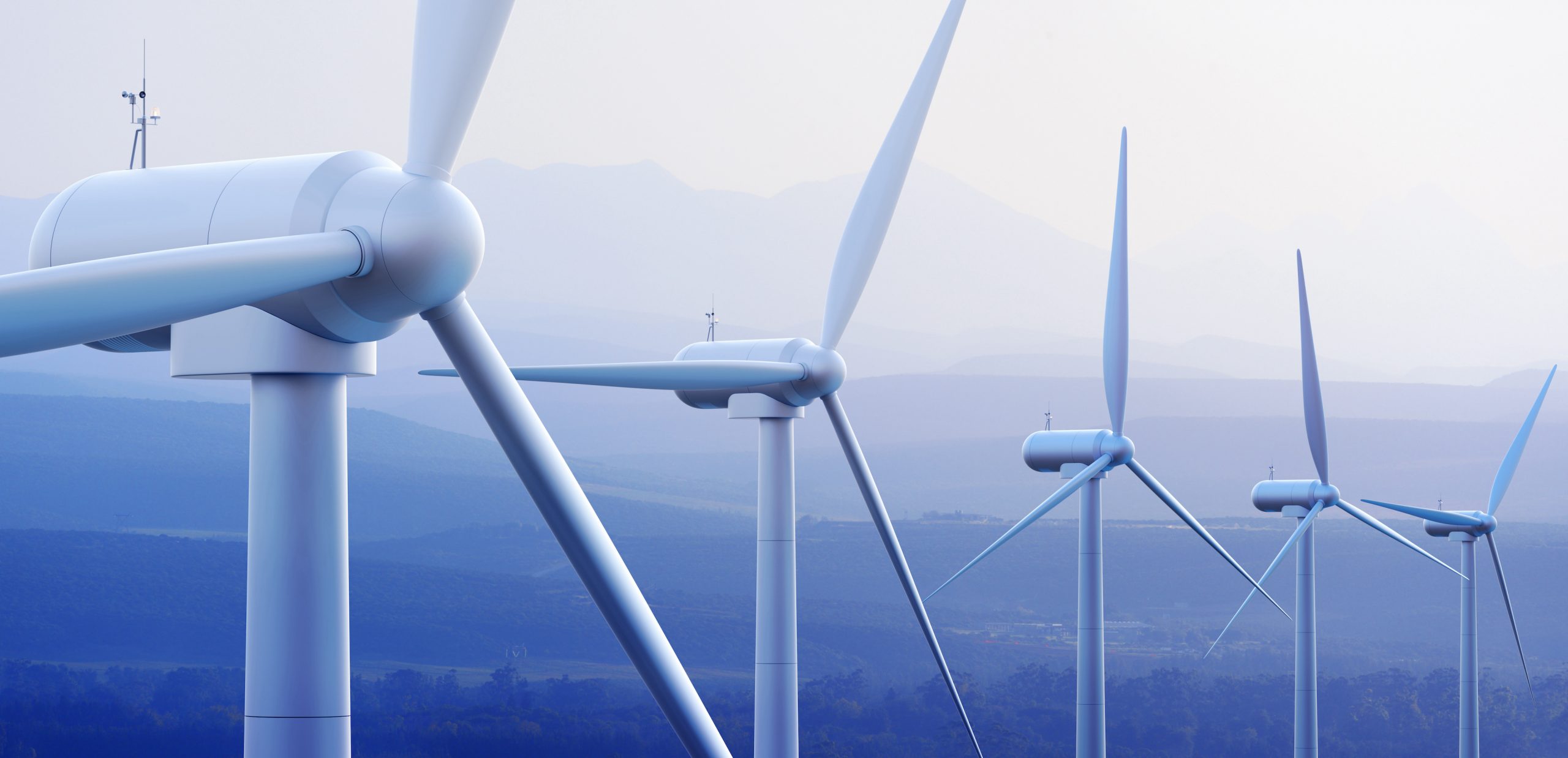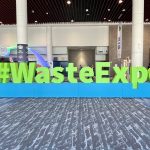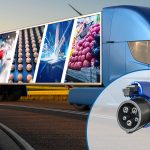Solar Panels, Wind Turbines: How Sustainable is “Green Energy?”
– Sept. 21, 2023 –
Solar energy and wind power are key sustainable alternatives to burning fossil fuels and mitigating climate change. While these greener energies have already helped the environment, their entire life cycles haven’t been considered. Soon, solar panels and wind turbines will produce tons of waste when they reach the end of their lives. Shall we continue to play catch-up or develop methods to get ahead of it?
Let’s examine the challenges with recycling these materials, the infrastructure and regulations needed to ensure these clean energy solutions stay out of the landfill, and what can be done to address this problem.

Huge solar power plant to use solar energy in a picturesque green field in Ukraine. Aerial panoramic drone shot.
Solar Panels
What to Know:
- The average lifespan of a solar panel is 30-35 years. Following 2022, the average annual growth rate is at 21%.
- Within 10-20 years, expired panels containing valuable materials and hazardous chemicals (such as lead, silver, copper and crystalline silicon) will go to the landfill. By 2050, nearly 86 million tons of waste will be in the landfill.
- Recycling panels can decrease the risk of toxins leaving from landfills into the environment, increase the stability of the supply chain, lower raw materials costs and expand market opportunities for recyclers.
What’s Standing in the Way:
The Department of Energy’s National Renewable Energy Laboratory (NREL) estimates that less than 10% of the country’s decommissioned panels are recycled, largely because sending them to the landfill costs far less than recycling. Solid waste landfills typically charge $1-$2 (or $5 if deemed hazardous) to accept a solar panel. Recycling, on the other hand, can cost around $15-$45 per module.
What’s on the Horizon:
With growing environmental concerns and more focus on circularity, the gap could close in the next few years, allowing recycling to be more cost-effective and increasing landfill costs. Additionally, with environmental laws and regulations on the rise, it will become increasingly more difficult to find a landfill licensed to accept hazardous waste and assume legal liability. With today’s government support, recycled materials can meet 30%-50% of solar manufacturing needs by 2040.

Wind turbine farm against distant mountains.
Wind Turbines
What to Know:
- More than 60,000 wind turbines are installed in the U.S., with an average annual growth of 12%.
- The average lifespan of a wind turbine is about 20 years, with routine maintenance, and between 3,000-9,000 blades in the U.S. will be decommissioned each year for the next five years, with annual numbers increasing to around 20,000 by 2040.
- Projections for wind turbine waste are anticipated to reach 47 million tons by 2050.
- About 85% of turbine component materials can be recycled or reused, from the composite blades (up to 350 feet long) to the steel tower. With proper attention paid to the recovery of all materials and adaptation of circular economy models, wind turbines have the potential to reach 100%.
What’s Standing in the Way:
Unfortunately, the mixed nature of the blade materials makes separating the glass fibers and metals from the plastics difficult. Because recycling options are limited and costly, like solar panels, most turbine blades are laid out in pastures or taken to landfills at the end of their lifespan. Furthermore, blades have gotten longer as technology has advanced, creating shorter turbine towers and football field-sized blades for better energy production, thus creating even more unrecyclable materials.
What’s on the Horizon:
The subsidies and tax credits for green energy projects in the Inflation Reduction Act and the current administration’s pledge to expand offshore wind nationally and harness more reliable, affordable clean energy are promising for the industry. Additionally, governments worldwide have been experimenting with retired blades by shredding them into raw materials for cement manufacturing or using them to build playgrounds and bridges.
As solar and wind energy is swiftly adopted, it’s essential to understand the entire lifecycle of these emerging technologies. Continually relying on fossil fuels is not the answer, but neither is recklessly disposing renewable energy waste. A solution must be found to repurpose decommissioned solar panels and wind blades as these power sources expand.
What Can Be Done:
While energy companies and governments are looking for options to treat these waste streams and minimize the utilization of conventional end-of-life approaches, all companies can support the development of clean energy recycling infrastructure through several initiatives.
Consider the following:
- Total Waste Analysis – It’s natural to only flock toward problem areas. However, sustainability should be a comprehensive approach. While using clean energy solutions may alleviate pain points, they could create other issues. A total waste analysis can look at the ins and outs of an operation.
- Prioritize Recycling and Reuse – Recycling is vital to the circular economy. However, while it’s a better alternative to the landfill, recycling doesn’t lead to the most impactful outcome. A more significant step forward in circularity is the reuse of products that makes recycling unnecessary.
- Goal Alignment – Work with or buy from companies with goals that align with yours. As technology advances, do the product designers and manufacturers you do business with actively work to improve efficiency, lengthen lifespans and enhance recyclability/reuse?
- Reporting and Data – Lastly, reporting helps grow the demand for sustainability. The more we know about the functionality of a product or operation, the more we know about what to do and not do. Accurate, transparent, validated and up-to-date data can help develop and execute landfill diversion strategies to improve carbon emission results.
The more sustainable efforts made, the greater the demand for change!








